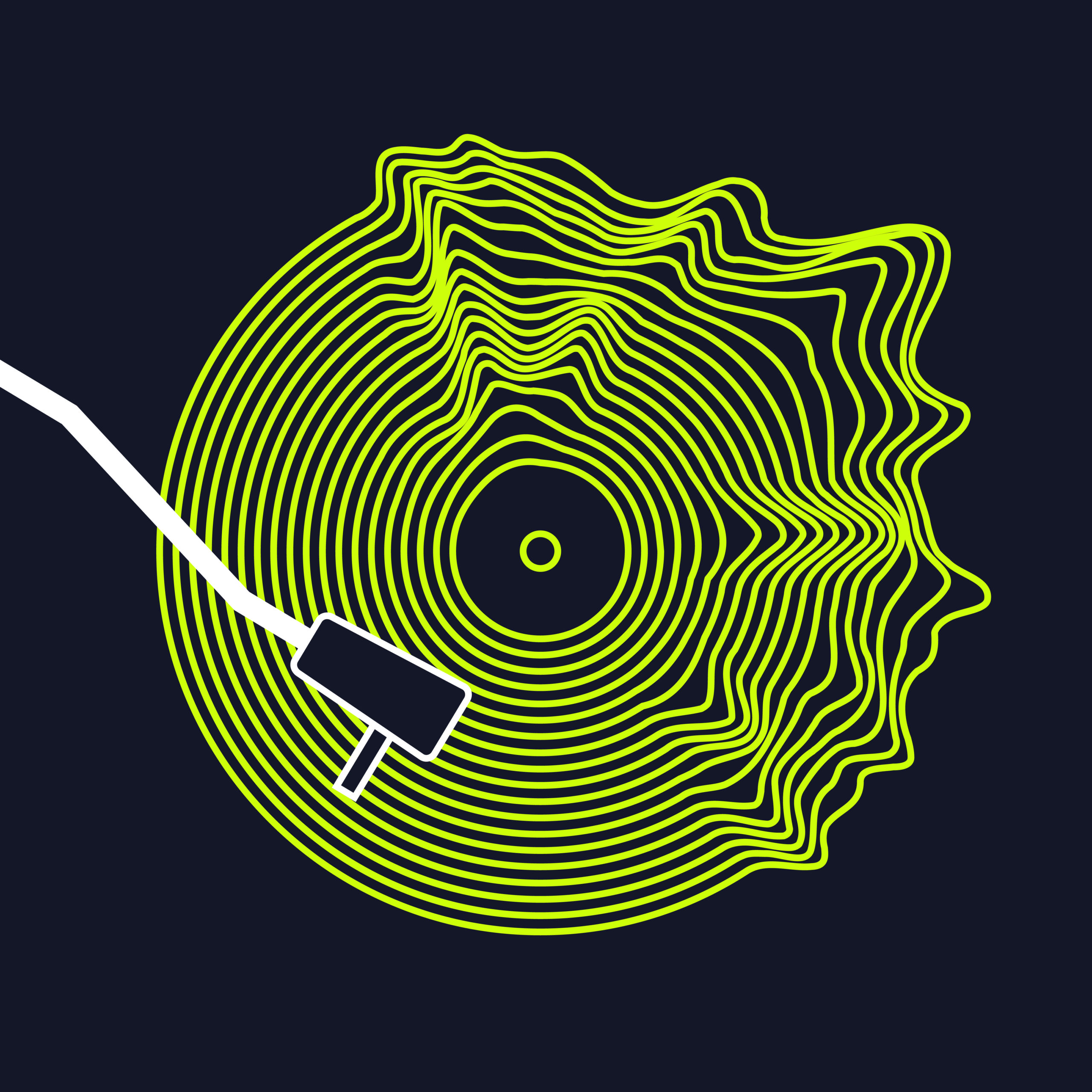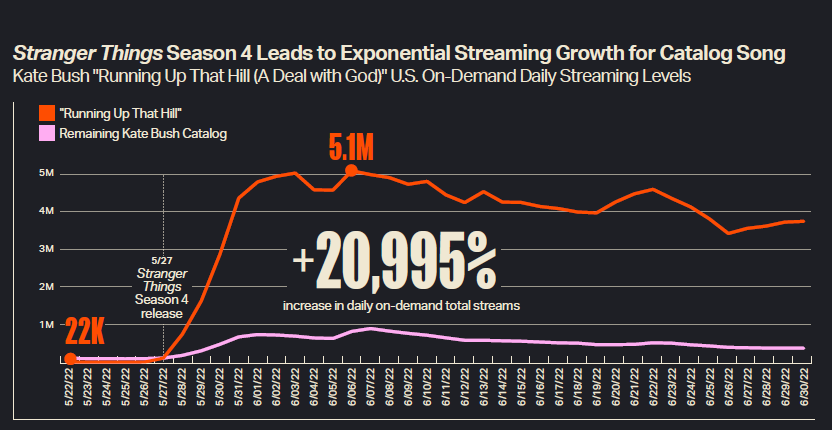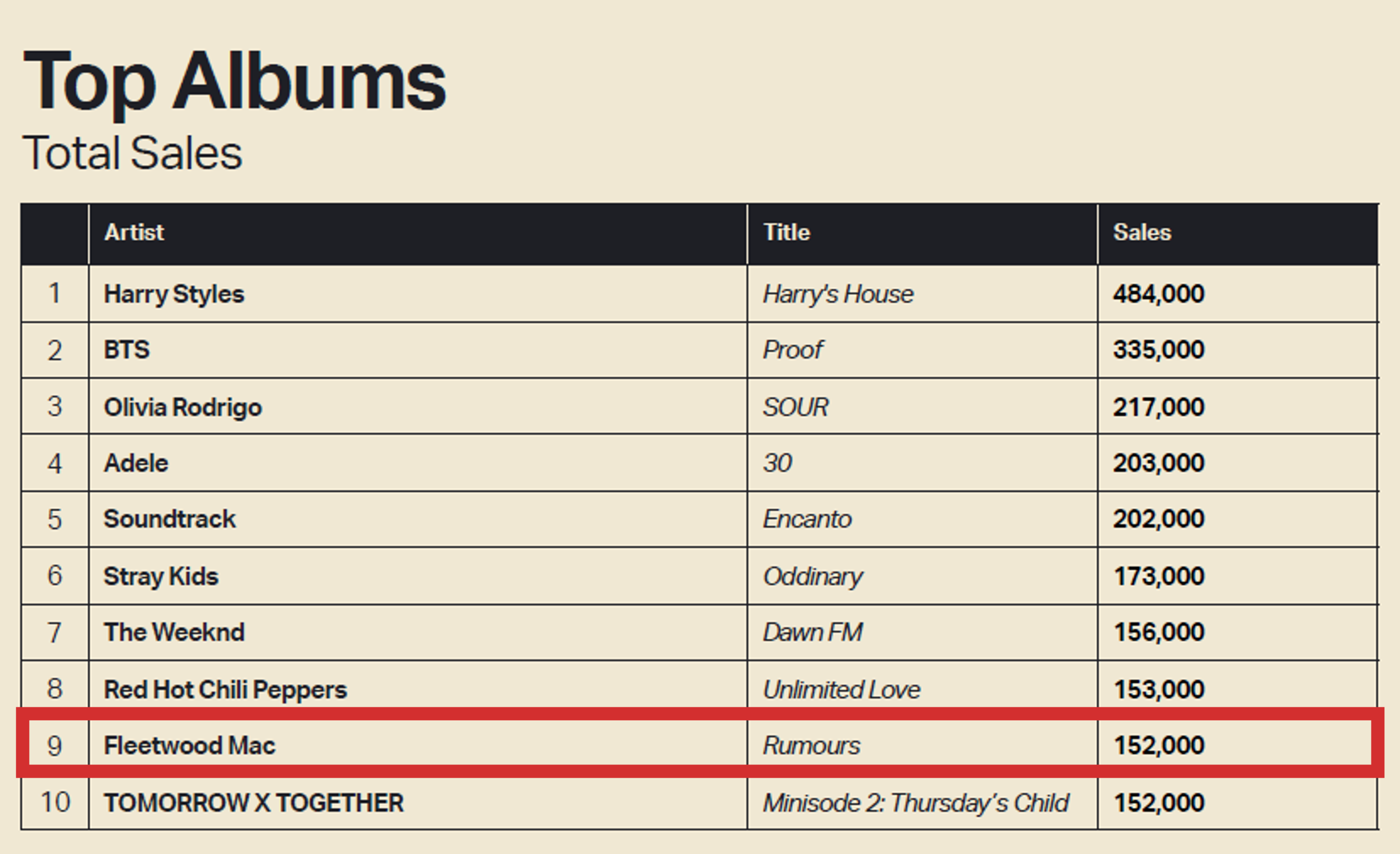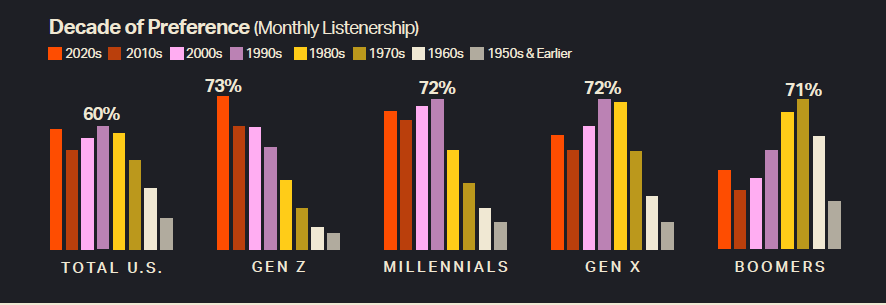
We have all been educated to rely on facts, whether we’re talking science or any other discipline. In radio, facts abound – the ratings, the science of amplitude and frequency modulation, and how to keep those Mötley Crüe songs properly separated in our music scheduler.
The fact is, facts have become undependable.
The science of epidemiology is a case in point. Now President Biden has tested positive for COVID and Monkeypox is becoming a thing. Hey, I’m still wearing a mask on airplanes and in the grocery store. Facts be damned.
Things are happening the shouldn’t be happening. How often have you heard the phrase, “We living in unchartered waters” in the past few years, whether it’s our politics, the world order, the financial markets, or public health? Things aren’t “normal” yet, in spite of our collective hopes. And if the “new normal” (Ugh) has emerged, I haven’t seen it yet. It seems like if it can happen, it will happen. Such are the times in which we live.
In the world of radio and music programming, those of us who’ve been around for more than a minute have come to count on certain “givens” that we treat as facts. It’s how we program stopsets, how we separate artists and songs, how we treat a song that’s “blowing up the phones,” or leading the league in streaming. We talk about “hot meters” and PUMM levels like there’s a predictable science to them. And yet, we’re surprised – frequently – by how the laws of radio programming are being disrupted all the time.
When I think about the craziness that is all around us, in our work and personal lives, I think we keep having those Hoobastank moments where we repeatedly find ourselves “Crawling in the Dark.”
Or “Running Up That Hill.”
Because no matter how predictable things might have seemed, they are anything but right now. You never know what’s going to happen next.
When did you first hear the term “Chaos Theory?” For some of the better educated among us, it was probably in a college science course of one kind or another. For the rest of us, it was in “Jurassic Park” when Ian Malcolm flippantly explained it to Ellie in Alan Grant’s Jeep. Yes, Jeff Goldblum who famously played Malcolm, is just an actor, but this role solidified his brand as a wacky, cerebral, smarter-than-you savant who can explain stuff you simply can’t imagine.
Like “Chaos Theory” boiled down to just :60:
I still can’t explain “Chaos Theory” but I know enough from the “Jurassic Park” films to conclude that if things can go wrong, they will. Oh wait! That’s Murphy’s Law.
Somehow, chaos has taken root in the art (or it science?) of music consumption. We know this because the data wizards at Luminate keep publishing reports that reinforce the notion that we know precious little about music and how “users” actually perceive and listen to it.
Have you read their new effort – “The Midyear Report U.S. – 2022?” It’s actually the first report written under the Luminate umbrella. Formerly, we knew it as Nielsen Music.
It’s linked at the end of this post. While I know you’ve seen eye-popping stats that push the realm of rationality before, Luminate’s new deck is loaded with them.
Here are a few of my favorites – surprises, “did you knows,” and things I learned while poring over this report. All data is for the U.S.
The amazing vinyl story continues – Physical music sales are down overall, as are digital albums and CD albums. But vinyl is up a scrappy 1%. Luminate reports current vinyl album sales are way up (+27%), while catalogue vinyl sales are down (-8%) largely because of the popularity of Harry Styles’ album “Harry’s House.”
reports current vinyl album sales are way up (+27%), while catalogue vinyl sales are down (-8%) largely because of the popularity of Harry Styles’ album “Harry’s House.”
Vinyl sales skew young – More than a third of female vinyl buyers are Gen Z’s (34%). Among the guys, more than six in ten are Millennials and Gen Xers (62%). This would suggest that while sales of vinyl records are modest in the overall scheme of things, the fact that buying patterns can skew young is a good sign for the longer-term health of this retro music format.
Catalog continues to dominate currents – Music’s reversal of fortunes continues. A few decades ago, new music dominated record sales. But that flipped a number of years ago, fueled perhaps by the Classic Rock/Hits phenomena that hit radio first, and then made its way to music sales.
Last year, what Luminates considers catalog (defined as 18 months or older) held a 69:31 edge. This year, the lead has widened to 72:28. There’s an obvious pattern here. While digital consumption of current music is decreasing, there’s been a 19% jump in catalog streaming during the first six months of 2022.
Some have criticized the “18 month rule,” arguing if the definition of what constitutes a current was expanded (What? To 2 years? 5 years?), these ratios would likely be considerably different. That puts a finer point on the music debate, but the fact is catalog rules. And not just among Baby Boomers. Classic Rock as a radio format and catalog sales are being supported by the under 40 set, fueling the power of retro.
Fans of catalog music are split almost evenly in terms of how they consume this stuff. The two sources nearly tied for first place are music video streaming (56%) and (wait for it….) AM/FM radio (55%). CDs (27%) and vinyl (10%) consumption are back in third and fourth place respectively. 
This Luminate nugget reinforces the power and popularity of YouTube as a music destination. We know from focus groups that while many people enjoy music videos with their eyes and ears, others turn on YouTube and have it on in the background or use it as a soundtrack for those dance parties.
But the other “oh wow” is that good old broadcast radio continues to be a force, albeit weakened over time. But still – it’s a source for music consumption and enjoyment for older stuff, reinforcing why older formats are doing well, despite the 25-to-54 Rule that continues to play a self-limiting role on radio’s influence.
And thus, the comeback of Kate Bush’s “Running Up That Hill, ” right? Not really. I blogged about Kate’s amazing ascent earlier this month, truly a Billboard chart phenomenon.
But the rocket fuel for the song (and not the album by the way) was all about the popularity a TV show. And not a network show, but a Netflix hit, “Stranger Things.” Kate’s great song from the 80’s (which arguably should have been a bigger hit back then – it peaked at #30 on the Billboard Hot 100) was one of Luminate’s big stories from the first half of 2022.

This wasn’t a first for Netflix either – Luminate publishes a newsletter, “Tuesday Takeaway,” that’s also loaded with data insights. Specific to Netflix, more than half its subscribers were born after 1990. And they’re more into music than most. Netflix fans:
- Spend 20% more time listening to music
- Spend 31% more money on music
- Index at 128 for music streaming service use – 28% more the norm
So, is it any wonder that Fleetwood Mac’s “Rumours” – released in 1977 – was a Top 10 album seller during the first six months of 2022 – 45 freaking years later. That puts F Mac in the same company with Harry Styles, BTS, Adele, and Olivia Rodrigo.

How could this happen? You have to believe it’s driven by that TikTok video of that dude skateboarding while drinking cranberry juice that went viral back almost two years ago, featuring “Dreams.”
@420doggface208 ♬ Dreams (2004 Remaster) – Fleetwood Mac
That’s the power of TikTok. Luminate tells us two-thirds of Gen Z users of the platform discover new music from their Short Video Clips, making it the top source for this generation.
And when you meld the phenomenon of a hit show like “Stranger Things” on a vibrant video platform like Netflix and you mix in TikTok, Kate Bush finally gets her annuity for a song she recorded when Margaret Thatcher was England’s Prime Minister.
How powerful is this elixir of Netflix + TikTok? Luminate tells us there more than 2.3 million fan creations on TikTok using “Running Up That Hill.”
The 90’s rule….sort of – Respondents were asked which decades of music they listen to monthly or more often. By generation, Millennials and Xers prefer the 90’s, while Gen Z opts for the 2020s, while Boomers are big fans of the 70’s.
decades of music they listen to monthly or more often. By generation, Millennials and Xers prefer the 90’s, while Gen Z opts for the 2020s, while Boomers are big fans of the 70’s.
But the 80’s are a solid runner-up overall. In fact among Xers and Boomers, the 80’s are a close second. And that goes a long way toward explaining how the MTV Decade earns a strong #2 ranking overall.
As I learned with Classic Rock back when the format first exploded on the radio waves, every generation has its own nostalgia. The 70s short-circuited the pattern, demonstrating appeal across generations, including many who weren’t born when the Classic Rock dinosaurs roamed the earth.
The 90’s serves this same purpose, especially for Millennials who love listening to the music they grew up with. As radio broadcasters are (slowly) discovering, there is fertile opportunity for this musical turf.

And then there’s Bad Bunny – His is an amazing story. Luminate tracks his rise, along with the impressive of popularity of Latin music, and its surprising appeal.
But alas, that’s another story for a another day.
Let me leave you with a quote, appropriately from Kate Bush:
“I guess what all artists want is for their work to touch someone or for it to be thought provoking.”
More than four decades later, Mission Accomplished.
Download Luminate’s 2022 U.S. MidYear Report here.
Subscribe to Luminate’s “Tuesday Takeaway” newsletter here.
Thanks, Haley Jones.
- How Will Radio Fare In The Battle For The Fourth Screen? - April 3, 2025
- Like A Pair Of Old Jeans - April 2, 2025
- What’s Fair Is Fair - April 1, 2025




“Some have criticized the ’18 month rule,’ arguing if the definition of what constitutes a current was expanded (What? To 2 years? 5 years?), these ratios would likely be considerably different. That puts a finer point on the music debate, but the fact is catalog rules.”
You’re surely right about this, Fred, but given that Luminate plainly has the data to do alternate analyses, wouldn’t it be fascinating to see how the numbers stacked up using alternative breakouts? I would love to see, for example, the percentages sorted for the functional decades, i.e., 1955-65, 1965-75, 1975-85 etc.
John, it would be fascinating. And it begs the question of how Luminate (actually Nielsen) settled on 18 months to begin with. Like a lot of research, the findings are in the eyes of the beholder. And thanks for the idea of different gold breakouts. It could lead to some truly insightful info.